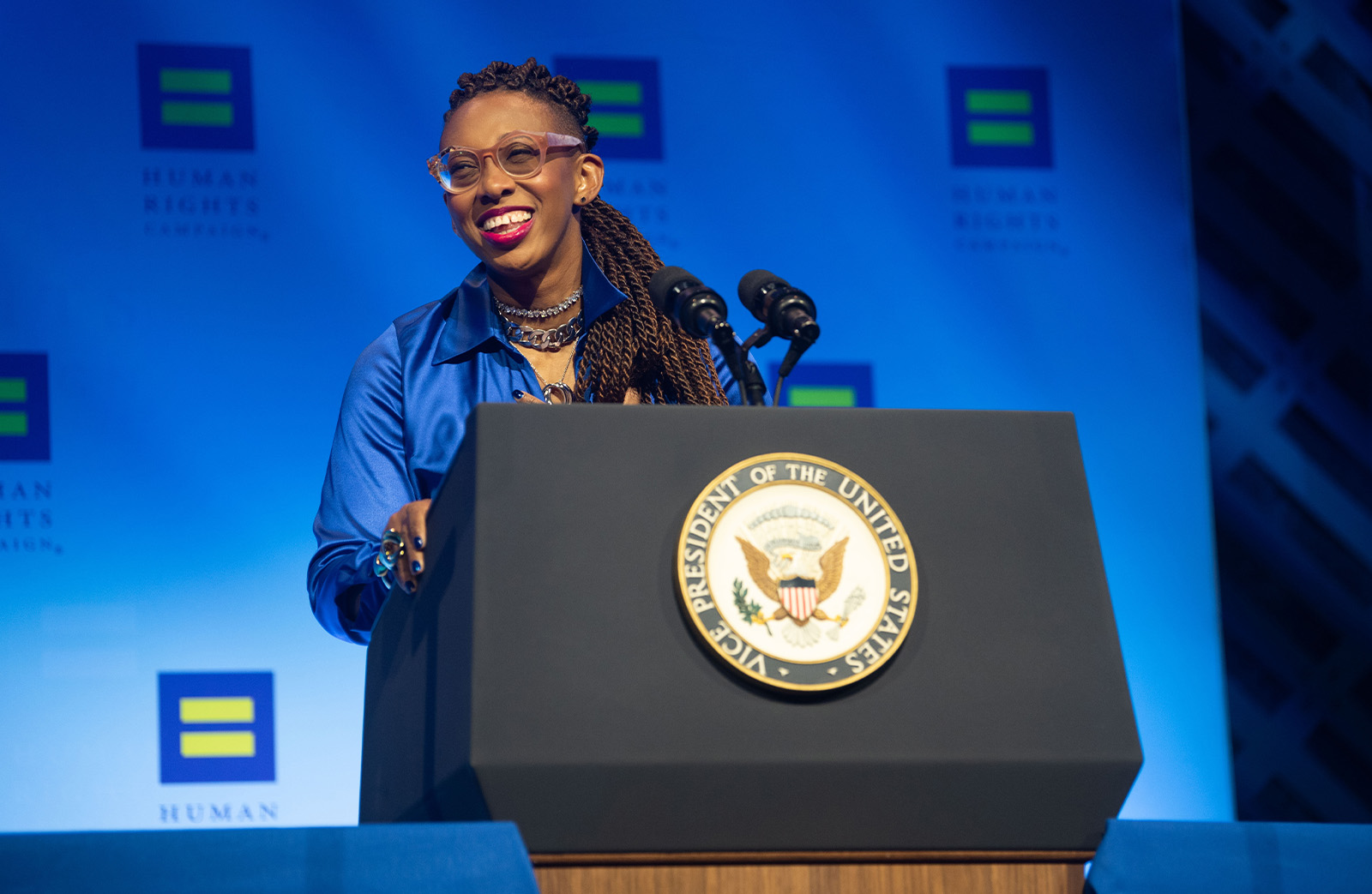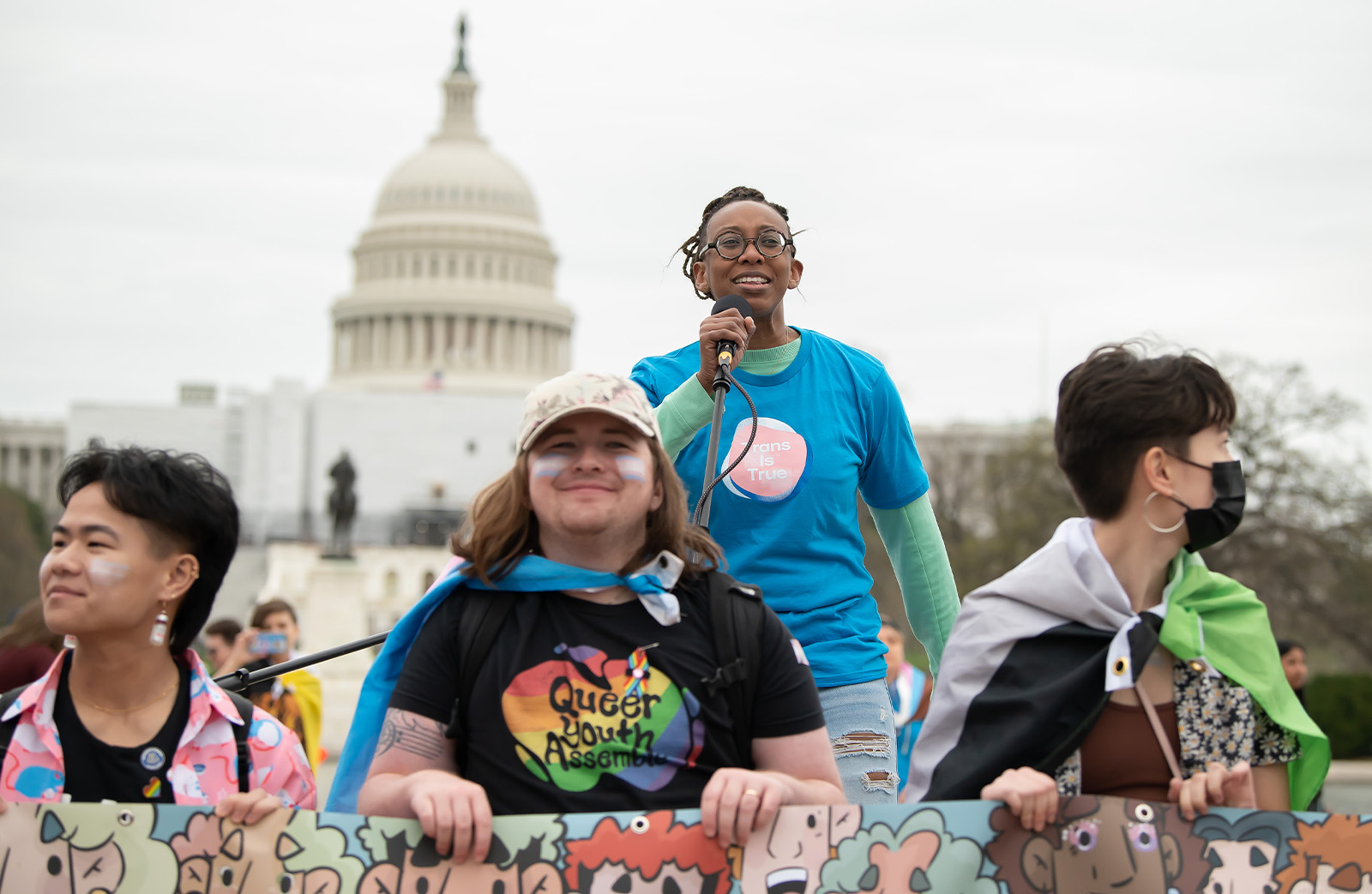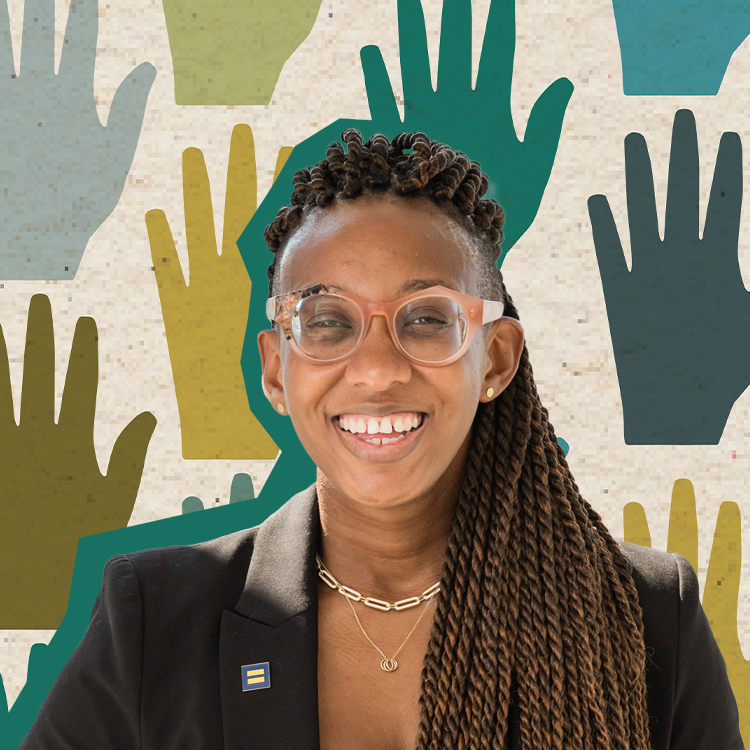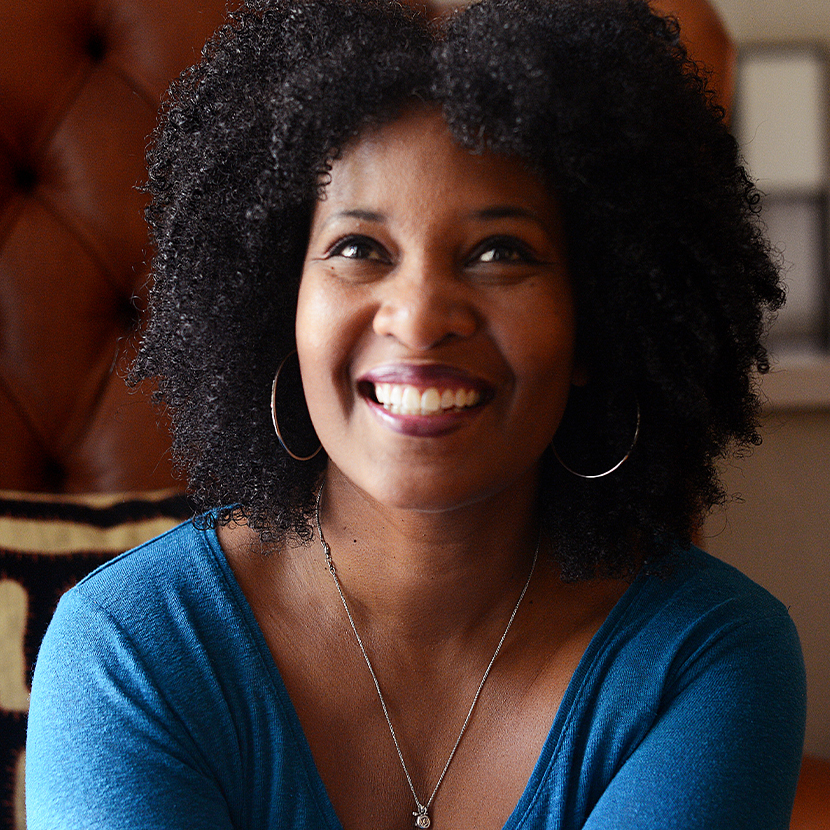Last year, I flew to Washington, DC, to deliver a keynote speech at the Equality Convention of the Human Rights Campaign (HRC), the nation’s largest LGBTQIA+ civil rights organization. While waiting for my turn to take the stage, I watched as Kelley Robinson, the organization’s new president — and the first Black queer woman to fill that role — took the microphone with her child on her hip and proceeded to fire up the hundreds of activists and advocates in the audience. With a few well-chosen words, Kelley clearly reinforced the mission of the organization while simultaneously expressing gratitude for the hard work of the volunteers who filled the seats. I was mesmerized.
Back home a couple of weeks later, I attended the HRC’s Houston fundraiser and had the opportunity to listen to Kelley do it again: With her trademark warmth and wit, the onetime community organizer carefully laid out the challenges that face the LGBTQIA+ community, as well as her deep faith that all of us — members of the community and allies alike — together can make a huge difference. It was no surprise to see her name on this year’s TIME 100 list.
Kelley’s gift of being able to speak honestly about pain while simultaneously inciting joy is what makes her an uncommon leader in the fight for human rights. And she does this because — perhaps improbably — she is called by her faith to do so.

At the Houston Human Rights Campaign fundraiser, I was surprised to witness you leaning into the lessons of your Catholic upbringing as a framework for creating community for the advancement of the rights of the LGBTQIA+ community. Can you talk about how your faith informs your advocacy for the rights of all?
Yes, I grew up Catholic. No matter what I was up to on Saturday night, my mother would make sure we were all in those pews on Sunday mornings. And it was there that I learned the most pivotal lessons about what it means to be an activist.
My pastor used to say that people went to church for one of two reasons: for prosperity or salvation. In this moment, the search for salvation is so real for so many. As queer people are being threatened by hate and extremism, denied access to basic health care, and targeted by more than 525 anti-LGBTQIA+ bills in the states, the Human Rights Campaign has declared a state of emergency. Across the country, people are fighting to survive. And I believe, like church, when people come together in purpose and on purpose, we can win that fight.
Like so many other people of faith, I do social justice work not in spite of but because of my faith. In fact, the only way that you can truly move forward social change is by embracing faith. As we were always told, “Faith is the substance of things hoped for and the evidence of things not seen.” It takes faith to work every day to bring about a world that’s more just and more equitable than we’ve ever seen.
Like so many other people of faith, I do social justice work not in spite of but because of my faith.
I’ve heard you say that all of the activism you’ve engaged in — from being the executive director of the Planned Parenthood Action Fund to, now, being the president of the Human Rights Campaign — has always been about bodily autonomy. In your opinion, how are the concepts of bodily autonomy and belonging linked?
To paraphrase a should-have-been president, reproductive rights are LGBTQIA+ rights, and LGBTQIA+ rights are reproductive rights. The charge of both movements is to ensure that every person has the social, political, and economic power and resources to make the decisions that are best for themselves (that’s autonomy) and participate fully in their communities (that’s belonging). And so, our work is simple: We must transform the systems — from racism to sexism to capitalism — that are designed to keep certain people down and shut certain people out. The elders of both movements have said that the hardest part of our fight is manifesting a world that we’ve never seen before. The hardest part, yes. But for me, and I suspect for them, it’s the most fulfilling part.

You speak a lot about the concept of simultaneity — the idea and the paradox of holding two emotions at the same time. Can you talk about how simultaneity is a huge part of your activism?
In November 2022, I was in the room when the Senate passed the Respect for Marriage Act, protecting marriage equality under federal law. This victory for our movement came just a few days after the shooting at Club Q, an LGBTQIA+ bar in Colorado Springs. At the bill signing, my wife and our baby sat to my left, and the owner of Club Q sat to my right. When the bill was signed into law, the owner of Club Q leaned over and told me that that was the first time that he had experienced joy since the attack. The entire experience reminded me of the words of the poet James Davis: “I stand for the rainbow, I stand for the rain.” That is what some call simultaneity: the idea that you can have two feelings that are complex, even conflicting. In the same breath, you can feel both joy and grief. You can feel both hope and despair. You can feel both victorious and a little bit defeated.
In this moment, our task isn’t to ignore the pain or the darkness. It’s to choose the light anyway. It is to keep choosing hope and joy and rainbows. The push-pull of progress is the story of our nation and our movements. If we keep choosing hope and joy, we can get closer to free than we’ve ever been before.
One of your most striking attributes is your ability to cultivate joy and optimism, even in the face of the LGBTQIA+ community’s being the target of some unprecedented acts of cruelty. How are you able to sustain this optimism?
That’s simple: my community. We are defiant and determined, proud and filled with purpose. And I should add that we are growing, with 1 in 5 Gen Zers now identifying as LGBTQIA+.
At a Senate Judiciary Committee hearing, I met a 16-year-old named Harleigh. She is a transgender girl, and she lives in Alabama, where there are laws on the books that prevent her from getting the health care she needs or playing sports with her friends. There in the halls of power, Harleigh demonstrated her own power. She told the senators on the committee, “We are just like your kid, just like your neighbor, and you. We also deserve to be happy.” Harleigh gives me hope.

How can we teach our young people to be courageous allies and accomplices in a world that constantly redefines who belongs and who doesn’t?
A few years ago, my great-aunt passed away at the age of 102. At her funeral, they didn’t just tell her story, they told my family’s story: how our ancestors were born into slavery, fought for liberation, and became the first free Black family in Muscatine, Iowa. I was reminded then that I am part of a legacy of resistance. I am living proof that progress is possible.
The truth is, we all are. The same things they are saying about transgender people today they were saying about lesbian and gay people 20 years ago, and now the Respect for Marriage Act is the law of the land. Black women were once enslaved, and now we’re leading national organizations like the Human Rights Campaign and serving as vice president of the United States of America. We need to remind young people that we come from a long line of changemakers. And right now, progress isn’t only possible. It is happening.

We need to remind young people that we come from a long line of changemakers. And right now, progress isn’t only possible. It is happening.

